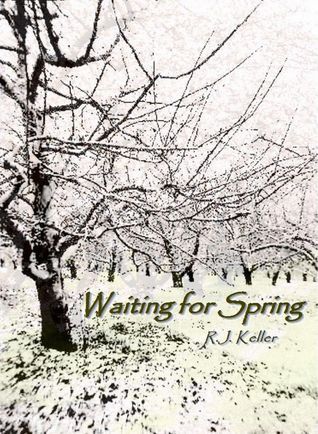 Waiting for Spring
Waiting for Spring
by RJ Keller
It’s been a long time since I threw common sense to the wind and stayed up to finish a book knowing how much I had to do the next day, but not resenting it the next day because it was totally worth it.
This book has no spiffy genre classification. After some thought, I think I’d call it “literary romance.” I don’t know what “women’s fiction” is and I’m not sure I really even know what “chick lit” is, but I’m pretty sure it’s not either of those. And you know, lately, I’ve been very happy with the books that haven’t been easily classified.
Here’s the blurb:
It’s not the kind of pain she can see and smell and wrap with an ace bandage. It’s the kind she tries to numb with sex and work and cleaning-cleaning-cleaning the house. The kind that comes from enduring a lifetime of rejection. First from her mother–whom Tess knows would have aborted her had the law allowed it–then from a string of men whose names she can never remember. And finally, at age thirty-four, from her husband of ten years; the man who once promised to love her forever.
You want angst? I gotcher angst right here, pal. And this is the good stuff, the kind that jerks you around and bashes you over the head and makes you come back for more to see how it all ends. In my experience with literary fiction (one of which was an Oprah pick—sue me), there seems to be some sort of unwritten rule about writing angst, which is to understate it, to let the subtleties of the angst dawn on the reader like a sunrise behind storm clouds.
Problem with that approach is that A) I don’t ever get to know or care about the characters enough to care about their angst and B) their angst isn’t that big of a deal anyway; if the characters clearly don’t care about their angst, why should I? So I’ll read literary fiction, don’t get me wrong, but later, I’ll scratch my head and say (if asked), “Yeah, I think I read that book, but I don’t remember the name or the author.” I just remember dipping my toe in the wading pool of that world once upon a time.
The main character, Tess, has angst and she doesn’t seem to care about her angst, either. But I cared about her angst from the very first paragraph:
They say actions speak louder than words. Maybe. But words do a hell of a lot more damage. Even well-meaning words spoken by well-meaning people.
People like Sister Patricia Mary Theriault. She was my catechism teacher when I was seven years old. Until she ruined my life. [ … ]
Then she told us about the bad soil. [ … ] But the only bad soil I heard about was this:
“As the Sower was scattering the seed, some fell along the path; it was trampled on and–”
Path. Trampled. Bad soil. [ … ]
“Don’t let your hearts become trampled down, children. Keep them soft and fertile so you can feel God’s love inside of you.”
Seven years old. And already I knew I was in some deep shit. The kind that even Sister Patricia couldn’t do anything about.
The twin hyperbolic allegories of “until she ruined my life” and “Seven years old. And already I knew I was in some deep shit” are not, actually, hyperbolic or allegorical, but the reader doesn’t find out why or how until far, far into the book.
You might be tempted to point out that this is simply excellent fiction infrastructure, to which I would say … yeah, I know. But I don’t see that a whole lot anymore. As far as I can tell, the current writing fad is to make me, Random Reader, ask the question and then never let it linger like a good combination of spices on my tongue or let me savor the moment of enlightenment when/if it happens.
Instead, it will ask the question and proceed to answer it for me 2 pages later and sometimes, even worse, will over-explain it in case I didn’t get it fast enough or thoroughly digest all the layers of subtext. I’m very tired of being treated like an idiot in my fiction and, further, I hate that I actually have to call attention to this amazingly annoying trend.
There are quite a few laugh-out-loud lines, sharp. Wry.
When Tess, age 34, takes Brian, age 25, as a lover, they finish, talk, then begin again not long after. Tess observes,
Ready again. Twenty-five. Gotta love that.
Keller also gives the reader glimpses of the spirituality that’s woven all through the tale; they glimmer, like the gold threads in shot fabric:
The stars, he said, were actually souls; all the souls that were too restless to be locked up in heaven. They were so restless that God let them stay outside at night to play.
And when an 8-year-old girl about to take her first communion asks Tess if she believes in God, Tess says:
“Yes, I believe in God. I just … I don’t feel close to him in church.”
“Really? Why’s that?”
I shrugged, even though I knew exactly why. I knew because I’d felt that way since I was a little girl, sitting in my church clothes, listening to the Mass. Trying to feel His presence. Struggling to feel His love. But there was nothing there. Nothing but words I didn’t completely understand and scary status. And then, one beautiful Sunday Spring morning when I was nine years old, something occurred to me. Something I never told anyone else.
He’s not really in here. God doesn’t live inside a building, and that’s all a church is; just a building filled with lots of words. [ … ]
Because Anne [of Green Gables] said that if she really wanted to talk to God, a real true prayer, then she’d have to go outside to do it. She’s need to surround herself with God’s creation, with His beauty; drink it in and let it fill her up. And then she could look heavenward and just feel a prayer.
The narrative itself is choppy, with sentences and paragraphs written in fits and starts, which perfectly mirrors Tess’s personality and her coping mechanisms (particularly her “personality disorder”). In fact, a good portion of Tess’s internal dialog and her observations are written as wry asides to herself and she is inviting you, Random Reader, to chuckle along with her.
And I did. Even while I had tears running down my cheeks.

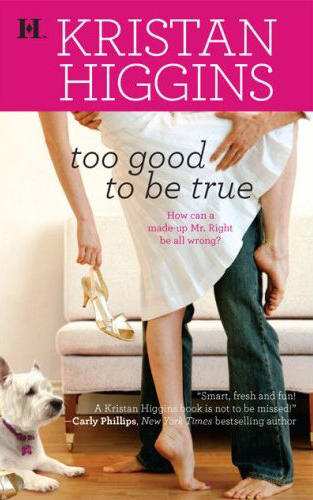
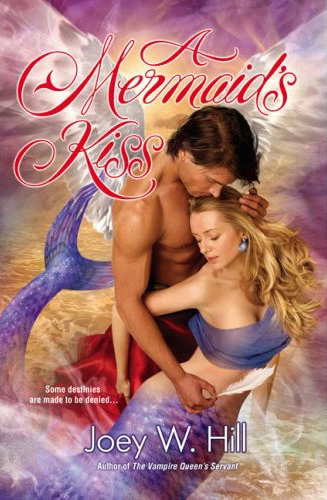
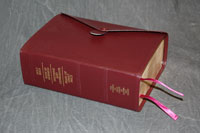
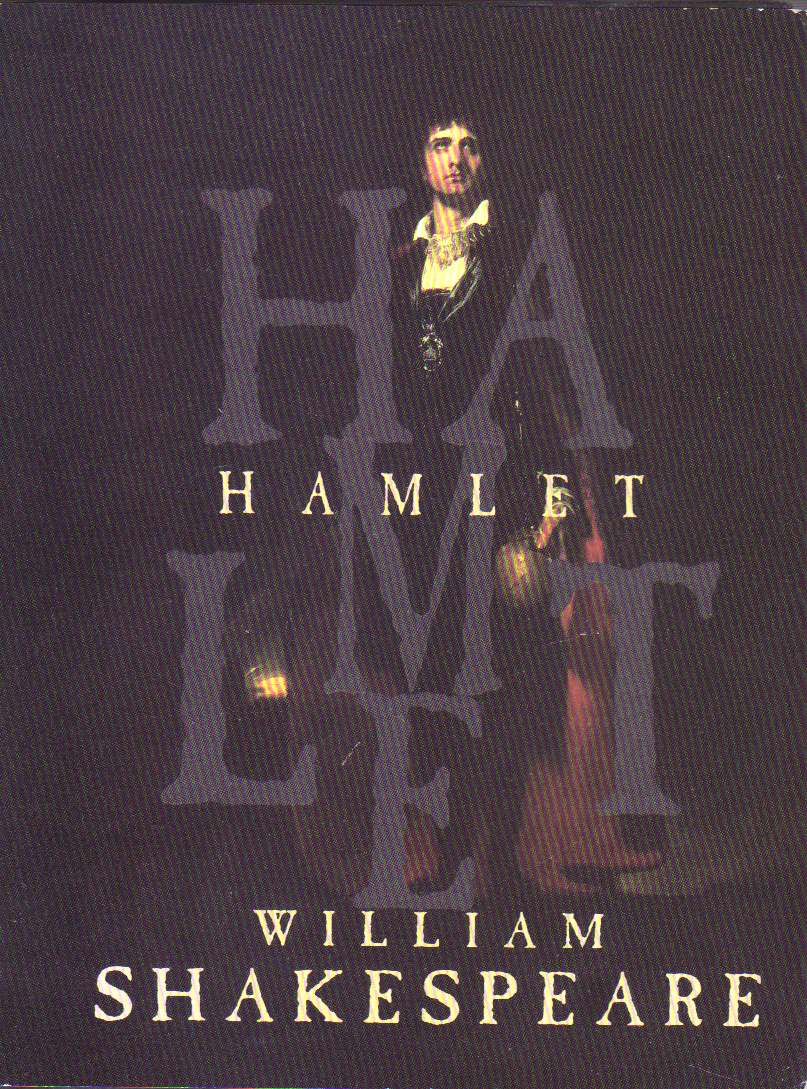 When your English lit professor or your director or your acting coach directs you to a certain passage in a Shakespearean play, does he say, “Please turn to Hamlet, page 783”? No. (Well, first of all, he’s OBVIOUSLY working from an anthology if it has 783 pages to begin with.) He says, “Please turn to Act 2, Scene 2, Line 35.” So what this means is I was smart and brought my little bitty Hamlet and everybody else was stupid and brought their big fat anthologies. And it makes no difference whatsoever.
When your English lit professor or your director or your acting coach directs you to a certain passage in a Shakespearean play, does he say, “Please turn to Hamlet, page 783”? No. (Well, first of all, he’s OBVIOUSLY working from an anthology if it has 783 pages to begin with.) He says, “Please turn to Act 2, Scene 2, Line 35.” So what this means is I was smart and brought my little bitty Hamlet and everybody else was stupid and brought their big fat anthologies. And it makes no difference whatsoever.
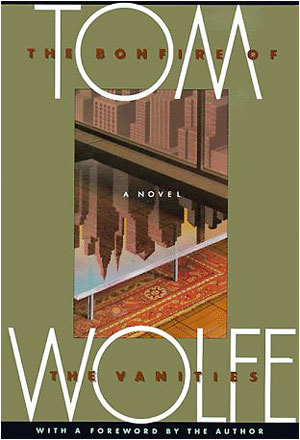 A couple of days ago I blithely typed, “
A couple of days ago I blithely typed, “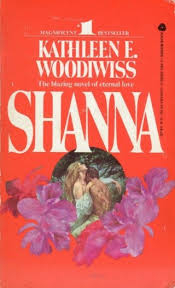 offended.
offended.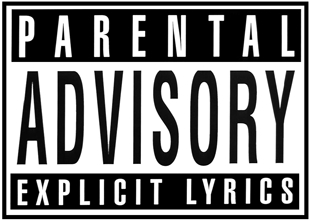
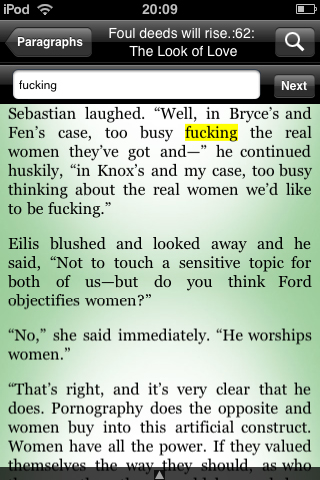
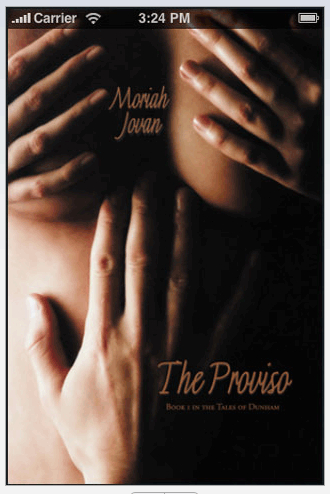
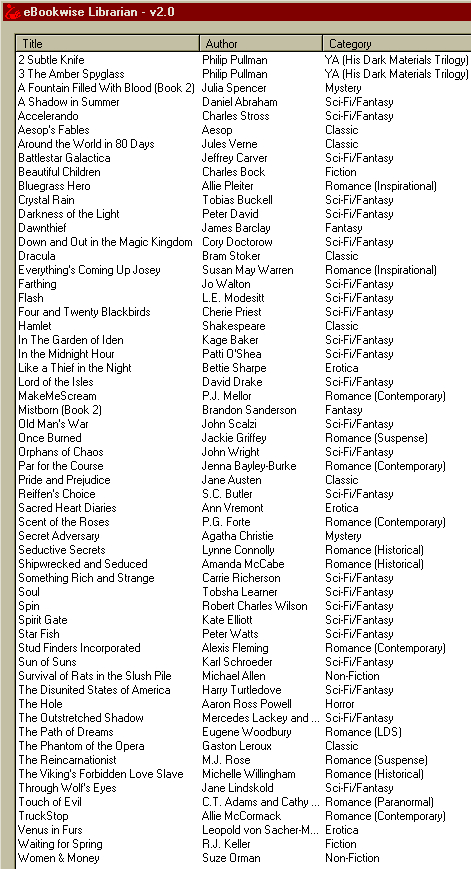
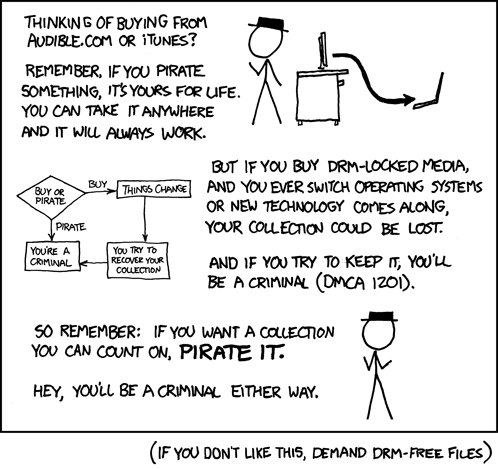
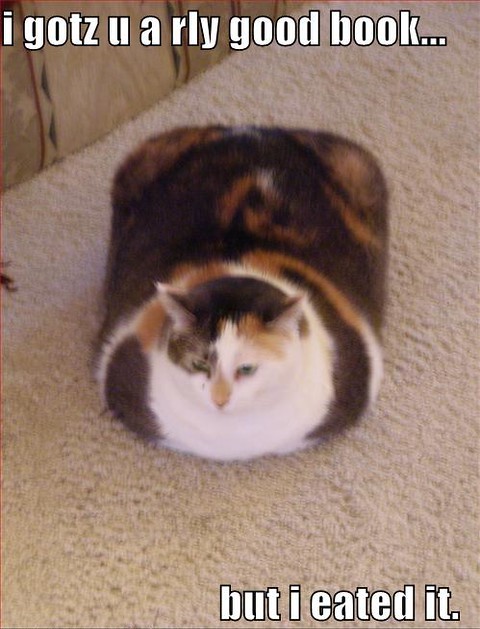 Late to the party, as usual. LibraryThing has been on my to-do list forever, and I finally
Late to the party, as usual. LibraryThing has been on my to-do list forever, and I finally